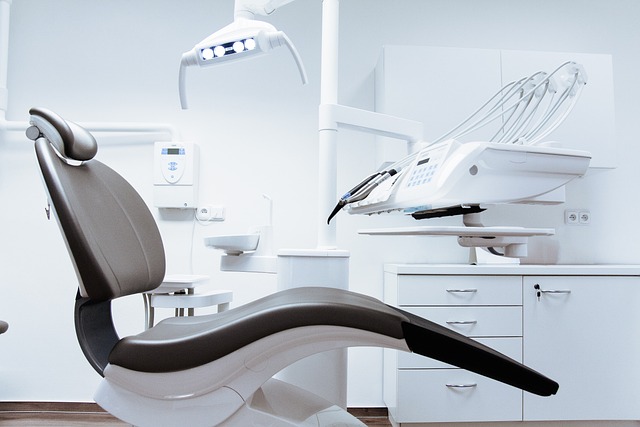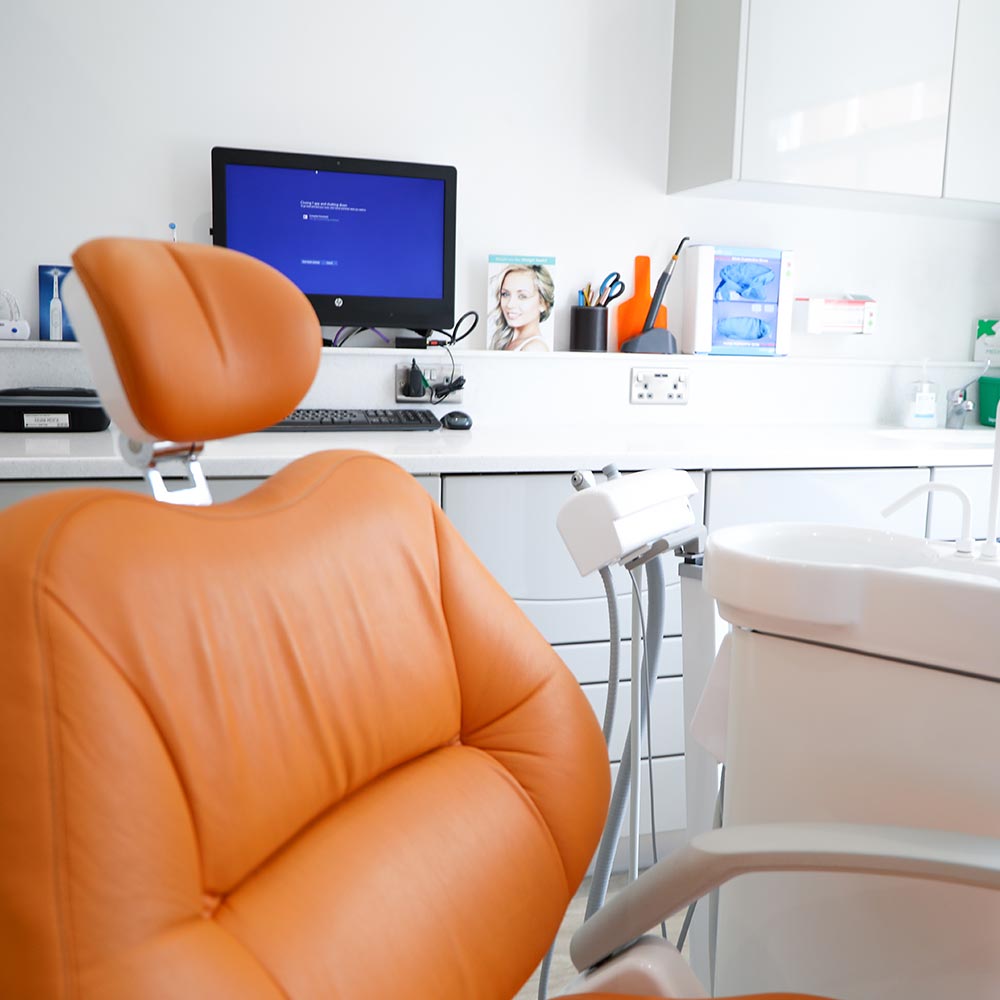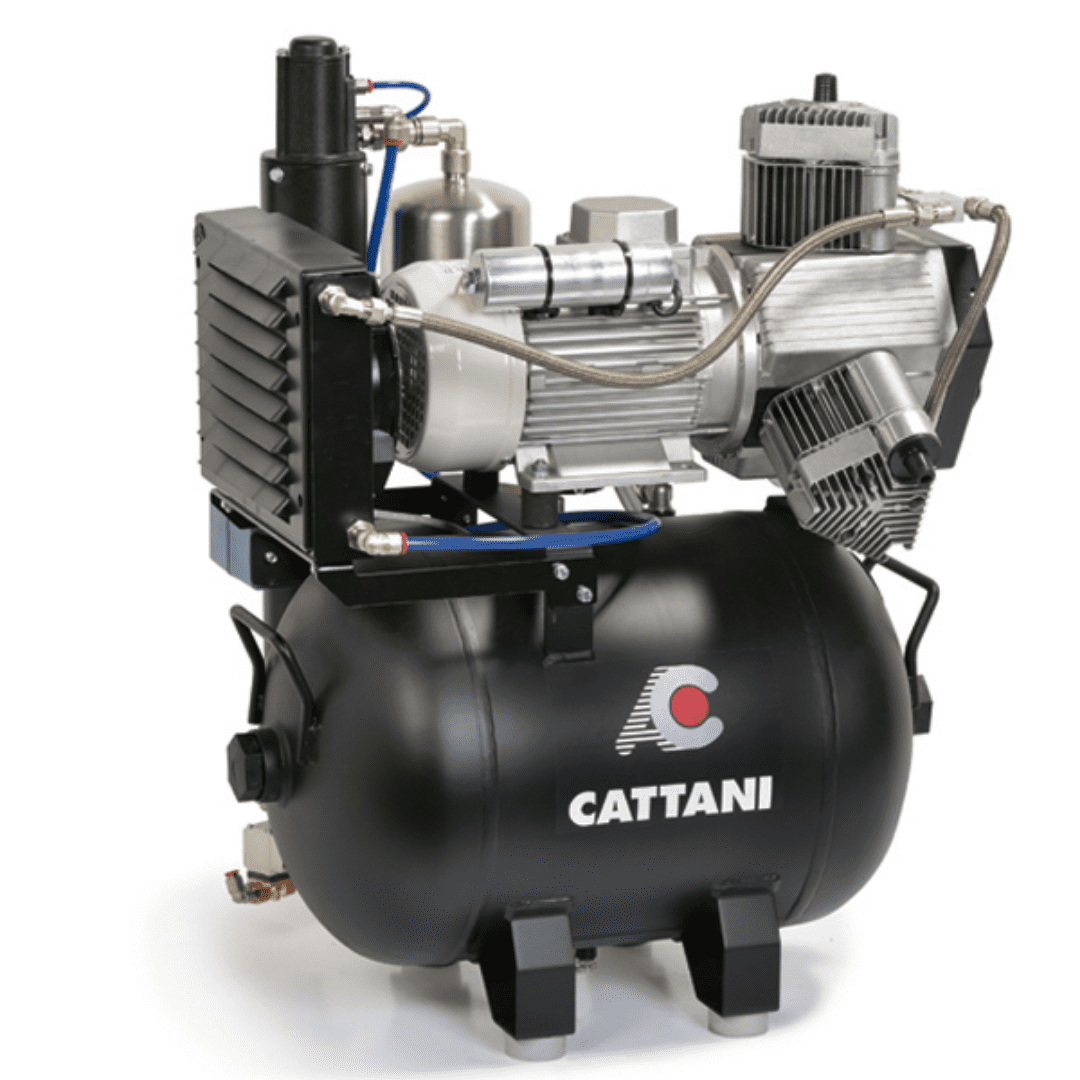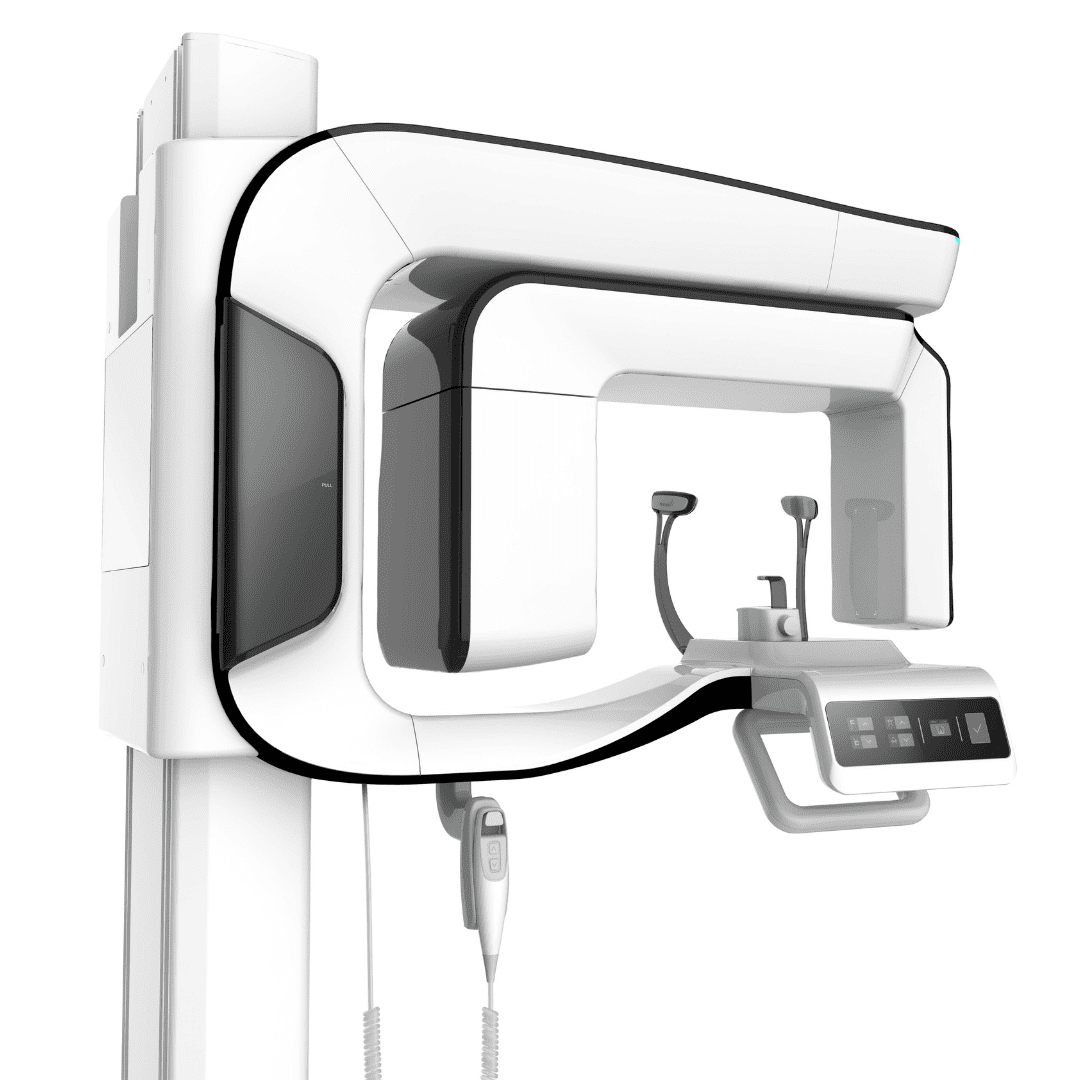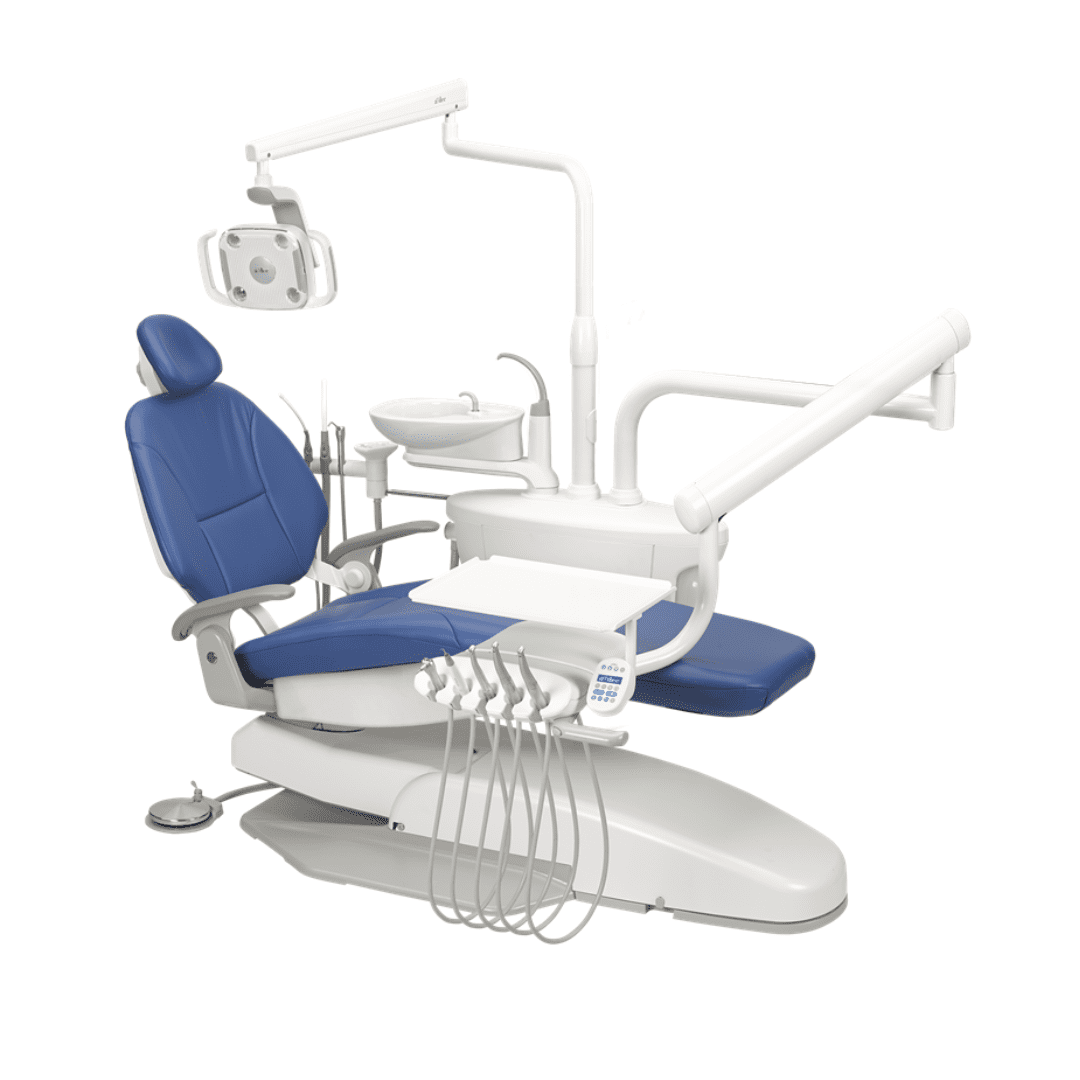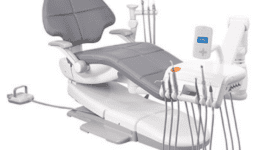The Dental Chair and how to Choose one That’s Best for Your Surgery’s Needs
The dental chair has evolved vastly since first introduced. Dentists are now spoiled for choice and might benefit from some tips when making their selection. Like the equipment it employs, dentistry has also evolved, and archaeological evidence suggests it has been practised since around 7 000 B.C. During the middle ages, the task passed first to monks and later to barbers. The first dental school was founded in 1840, and the first doctor of dental medicine degree was awarded in 1867.
While all instruments used by dentists are invaluable, without a suitably-designed chair, their task would be far more difficult for practitioners and patients. The first significant improvement to an ordinary wooden household chair was the addition of a headrest and an extension to hold the instruments in 1790. Little changed until the mid-20th century with the introduction of hydraulics and the development of semi-automatic, fully adjustable models in the early 21st. These include numerous features designed to facilitate the dentist’s tasks and ensure patients are as comfortable as possible throughout their treatment. In short, the basic chair has evolved into a comprehensive delivery system. So, how does one choose the best model to meet their specific needs?
Some Factors to Consider When Choosing a Dental Chair
Given that the chair is one of the most expensive pieces of equipment you will purchase, the choice requires careful thought. Naturally, it must perform the functions you most frequently require and continue to do so for as long as possible to justify your investment. However, the following considerations are equally essential:
- Patient Comfort: Many models now have shaped upholstery and a memory foam filling, ensuring your patients remain comfortable, even during lengthy procedures. Wider armrests can also help minimise pressure points, while a kneebreak dental chair will make access in and out of the chair virtually effortless.
- Ergonomics: Experience has shown that focusing on patient comfort alone has left dentists more vulnerable to job-related pain and discomfort. Consequently, manufacturers now pay more attention to the ergonomic aspects of chair design. Choose a chair that will help you avoid excessive reaching and maintain the neutral posture of your spine, shoulders, elbows and wrists, to prevent the risk of musculoskeletal disorders. A balanced spring delivery head will enable weightless instrument operation. In addition, a model with a compact footprint will be helpful where space may be limited.
- Aesthetics: Thankfully, the days of “would you prefer brown or black” are a thing of the past. Today, most dental chair models can be customised to compliment your surgery’s décor with a wide choice of fabrics, colours and finishes. The overall effect speaks of professionalism while creating a pleasant environment that will help put your patients at ease.
- Durability: Your chair will be subject to a lot of wear and tear and needs to be tough enough to withstand it. Choose one with a durable finish that will resist scratching and corrosion. You would also be well advised to invest in a service contract.
Where to Buy Your Dental Chair
Hague Dental Supplies are a leading supplier of dental equipment. We offer a range of delivery systems and a complete service that includes installation, warranty and an optional low-cost pre-planned maintenance contract. Please don’t hesitate to contact us about the best choice for your needs.
